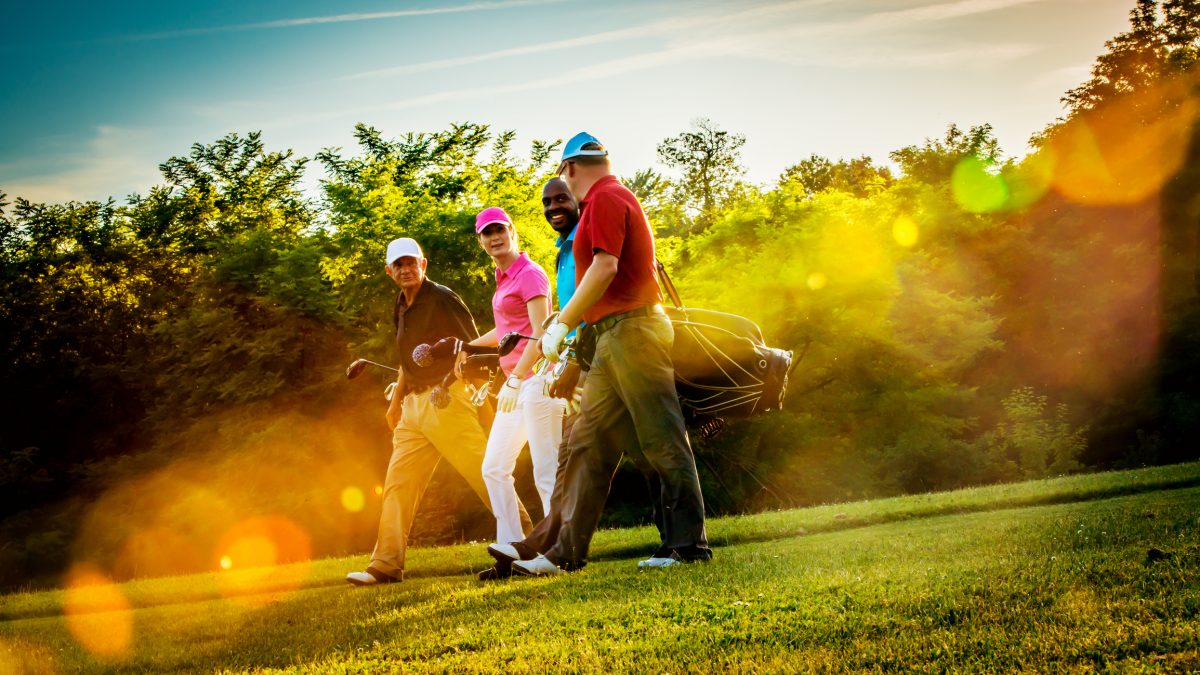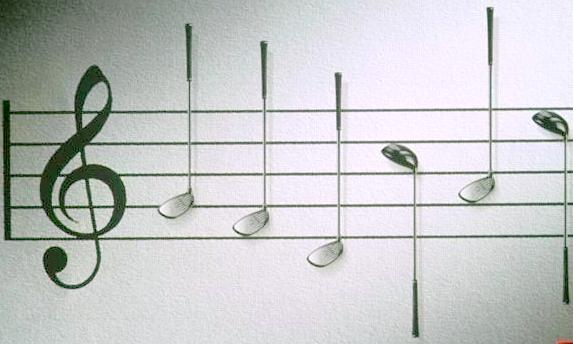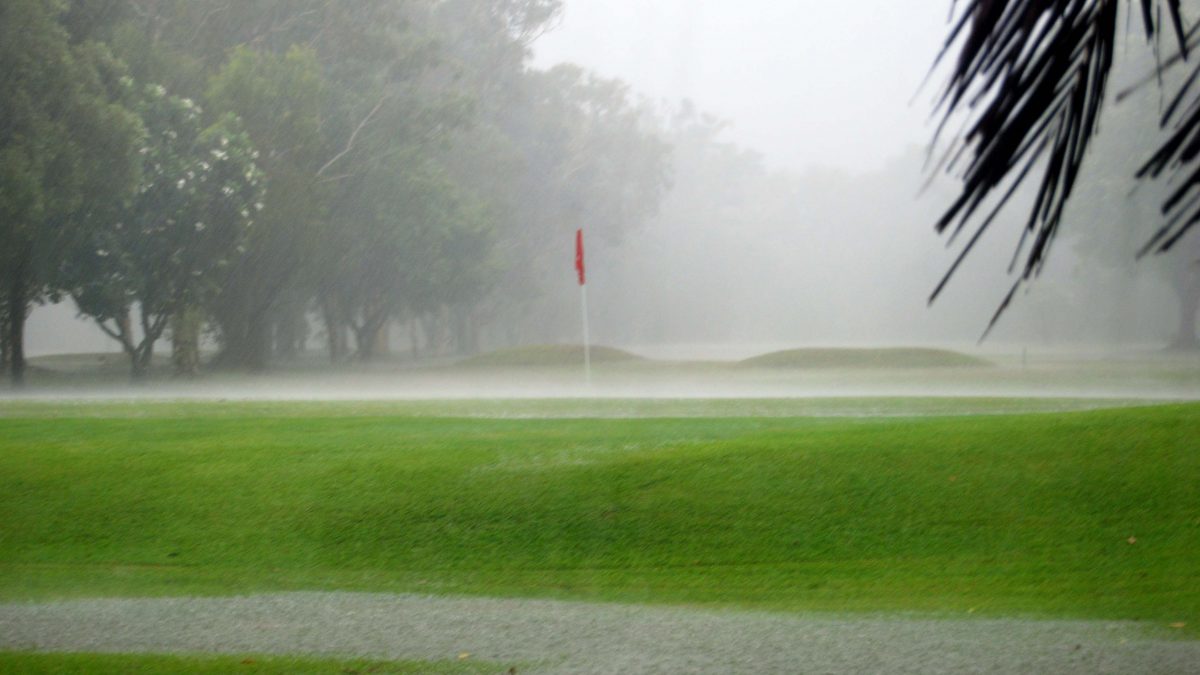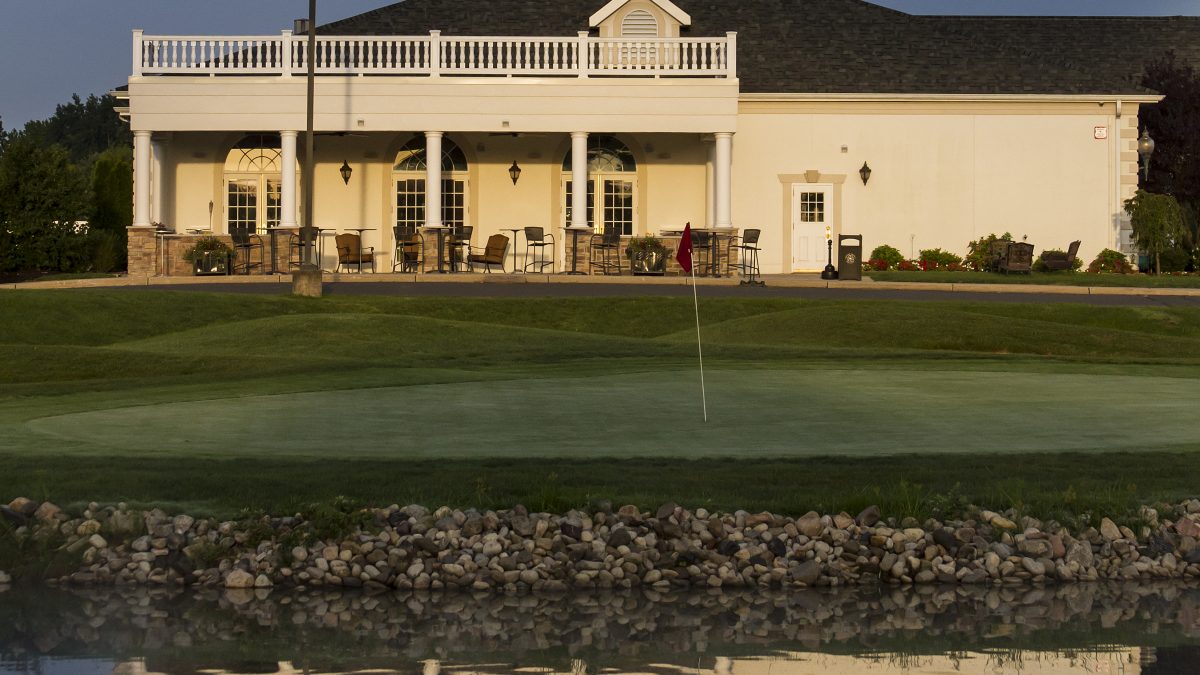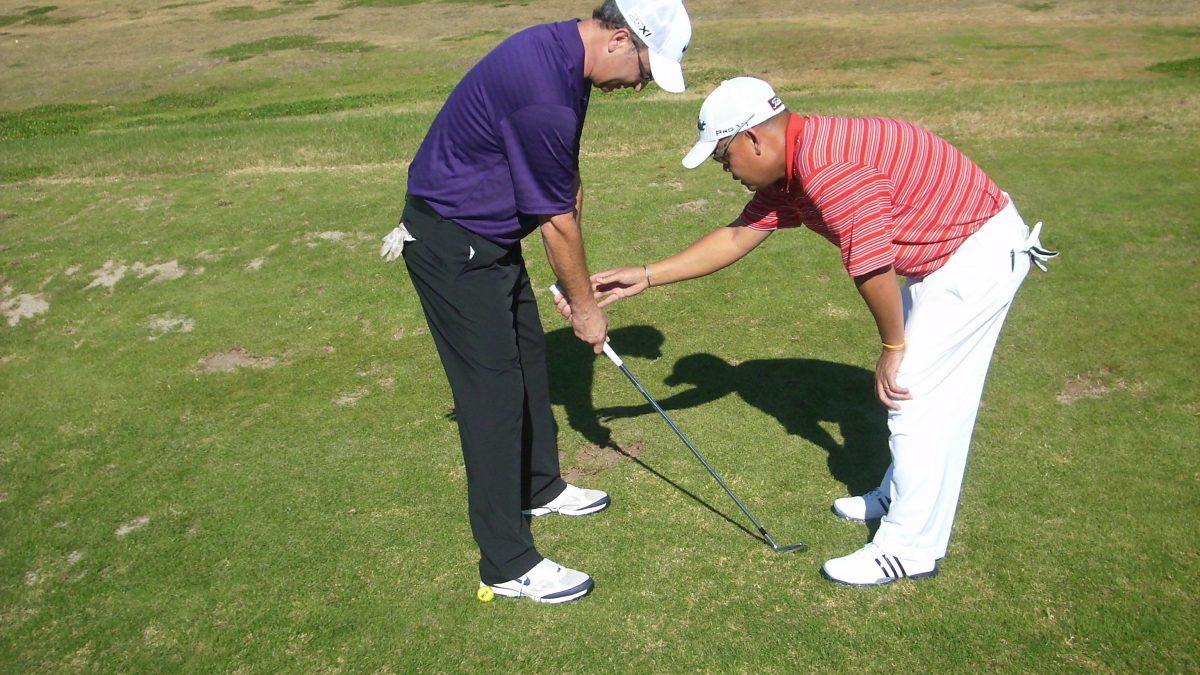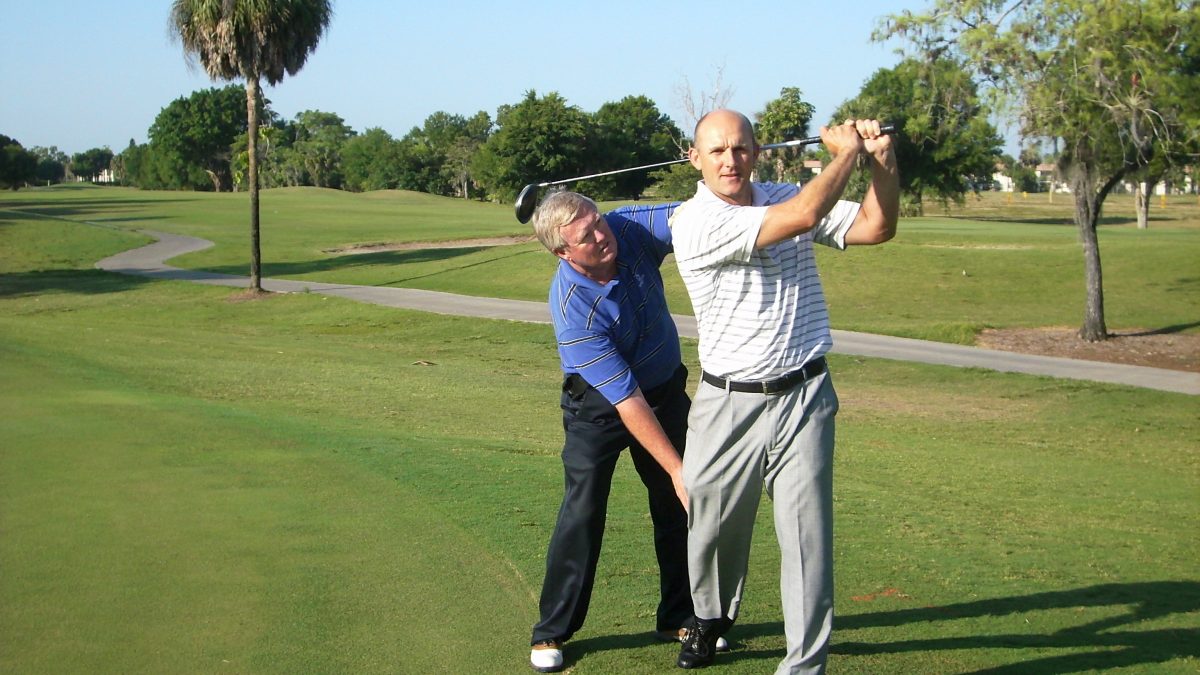Marketing Yourself In The Summer
For those of us in the golf business, the summer season can be a challenge. In Florida, the summer months are so unbearably hot that many people can’t imagine being outside at all, much less playing a round of golf for four hours. As a golf teacher, how do I make the most of one of the slower times of the year? Even if you live up north where the summer might be the only time to play and practice, these tips could still make a difference in growing your clientele:
Capitalize on the major tournaments
If you check out Google search trends for “golf” on a yearly basis, you can see how interest in the sport spikes right around the beginning of April, which just happens to coincide with the Masters tournament. The dates of last year’s U.S. Open, British Open and PGA Championship also reveal similar spikes in attraction. As a golf teacher, it would be most prudent to time any advertising or special discounts with the weekends of these tournaments as further incentive to get those new potential clients out on the course or the range for a lesson or two.
Organize children’s summer camps
We’ve all heard in recent years about how golf participation is down from the highs of the early 2000s. And it’s true, except for one demographic: youth participation is at an all-time high. As the summer approaches, working parents will be looking for ways to occupy Little Johnny or Little Sally for the two months school is not in session. Offering half-day or full-day summer camp programs give you an opportunity to make inroads with that ever-growing golf demographic.
Give demos to schools and local businesses
Speaking of schools, offering free demonstrations toward the end of the school year can be a great way to make sure your planned summer camp program is full of participants. Check your local school district calendar to find out when high-stakes testing is completed, and schools may be more willing to allow you on campus to distribute materials or ask for sign-ups. Offering to provide breakfast for a school faculty or local businesses workers can also be a great way to make connections, which will result in more clients.
Tap into the tourism of your area
Changes in the weather mean changes in who travels to your area. To use Florida as an example once again, the summer months tend to see an overall slowing of tourism, but also a change in the types of tourists. Elderly tourists, for example, tend to head back up north. But there’s a corresponding increase in Europeans due to the reduced hotel and resort rates during the summer months. Any advertising specials you offer on golf lessons should take these changes into account.
The summer might be a slow time of year for golf, but the rules of a good business still apply. Continue marketing yourself and working to get new clients, and the summer won’t have to be the doldrums of the years.


